Science Illustrated delivers natural science, break through discoveries and an understanding of the world for the entire family. Packed with stunning photography and in-depth editorial it’s a visually spectacular gateway to the world looking into the beginning of life to distant objects in the universe.
The Mythmakers
THINGS WE LEARNED IN THIS ISSUE
3D scanned robot face lives in the uncanny valley
Honey bees build intriguing bridges
Science Update
BY THE WAY
SHOOTING STAR • The pulsar in the Crab Nebula
Ask Us
TOP 5
HOW THINGS WORK
VERSUS
IS IT REALLY TRUE THAT… …punches can cause memory loss? • A groggy boxer might have difficulties remembering his own name right after taking a hard blow to his head. But what happens, when a blow sends the brain down for a count?
THE UNIVERSE’S OLDEST BLACK HOLE IS MUCH TOO MASSIVE • About 13 billion light years away, scientists have discovered a mysterious, supermassive black hole. It is much too big to have formed according to existing theories, so scientists have rephrased the genesis of massive black holes, allowing them to grow faster.
Four new theories explain early monster holes • Scientists require a new theory that can produce so-called "seeds", from which huge black holes could have grown in the early universe.
SCIENCE’S 10 MOST COMMON MYTHS TRUE OR FALSE • Mount Everest is the world’s highest mountain. False. Sugar makes kids hyperactive. False. Hard facts disprove old myths about records, food, chameleons, and more…
Gonorrhoea bacterium is the world’s strongest organism • It makes sex organs "burn" with pain, but the gonorrhoea bacterium is also very strong.
Tough Bacteria Love to Eat Radiation • Bacteria can live in extreme cold, intense radiation, and corrosive acid. Now, scientists have discovered microbes that can feed on thin gases, giving new hope to the idea of life on other worlds…
Tough bacteria feeds on thin air • In Antarctica, scientists have discovered bacteria that gets by on sparse gases in the air.
Desert bacteria may be the key to life on Mars • The Atacama Desert is reminiscent of the brutal conditions on Mars. Scientists have discovered how extreme bacteria adjusted to the environment.
Radioactive radiation feeds bacterium • Radioactive radiation is harmful to most life forms, but to a bacterium that lives in the ground, it is vital.
Bacteria improve the chances of life in space • All the bacteria that have adjusted to hostile conditions on Earth indicate that several planets and moons in the Solar System could be the home of yet undiscovered extremophiles.
From organs to space bases: THE FUTURE WILL BE 3D PRINTED • Customised human tissue or huge telescopes printed in empty space. Modern 3D printing methods are churning out shapes and materials that used to be impossible to make, constantly taking technology to new levels.
Drones improve printed homes
Bioprinter stacks living tissue in oil • Scientists aim to create stable tissue for transplants, etc., by 3D printing cell-containing water drops in oil.
Telescope is printed in space • A self-constructing telescope, houses made of moon dust, and plastic tools made of astronaut faeces. Those are a few examples of how 3D prints could be an indispensable help in space. Every kg counts, when equipment and materials are to be sent to alien globes, and millions of dollars could be saved, if space missions print tools and more from local materials.
Rotating nozzles improve print
Laser beams print any shape in 10 seconds • 3D printing in layers is a lengthy process, but using laser light, small plastic models can now be printed quickly, accelerating the process from design to finished...

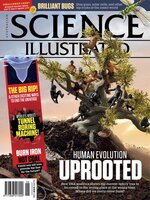 Issue 106
Issue 106
 Issue 105
Issue 105
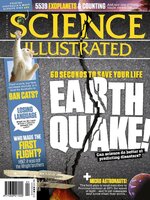 Issue 104
Issue 104
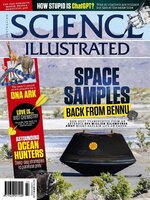 Issue 103
Issue 103
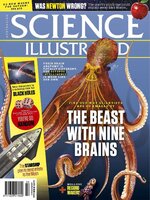 Issue 102
Issue 102
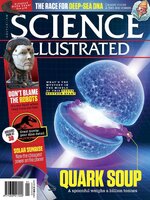 Issue 101
Issue 101
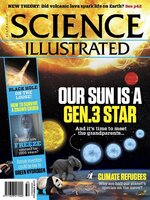 Issue 100
Issue 100
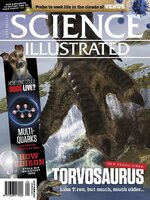 Issue 99
Issue 99
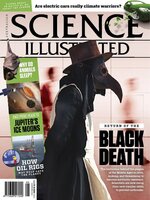 Issue 98
Issue 98
 Issue 97
Issue 97
 Issue 96
Issue 96
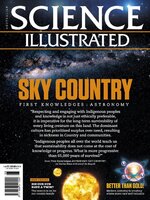 Issue 95
Issue 95
 Issue 94
Issue 94
 Issue 93
Issue 93
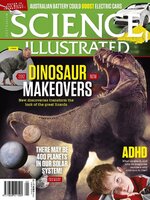 Issue 92
Issue 92
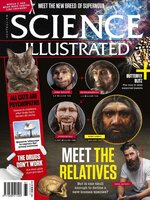 Issue 91
Issue 91
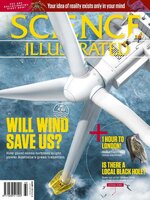 Issue 90
Issue 90
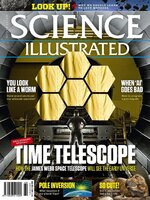 Issue 89
Issue 89
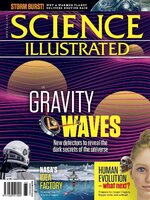 Issue 88
Issue 88
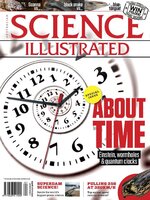 Issue 87
Issue 87
 Issue 86
Issue 86
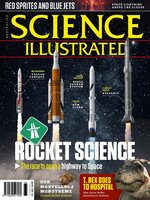 Issue 85
Issue 85
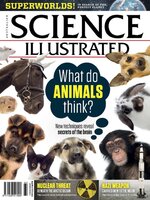 Issue 84
Issue 84
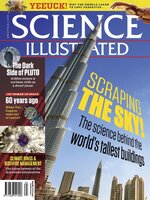 Issue 83
Issue 83
